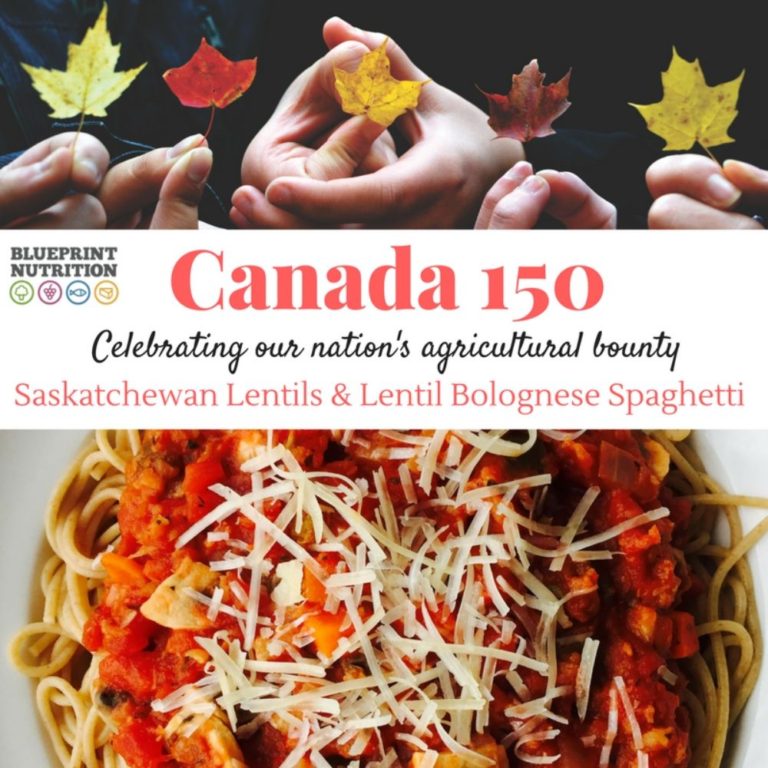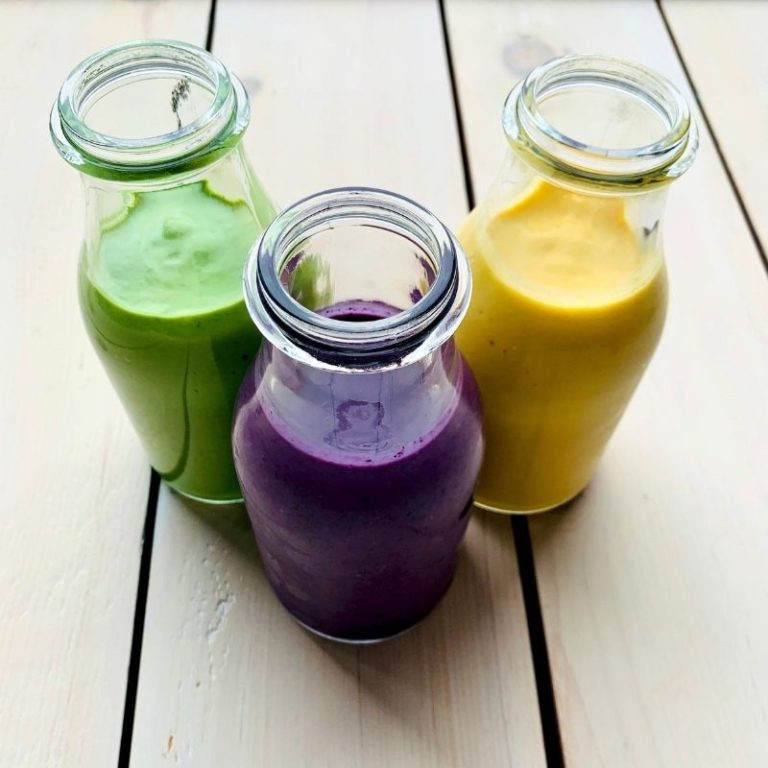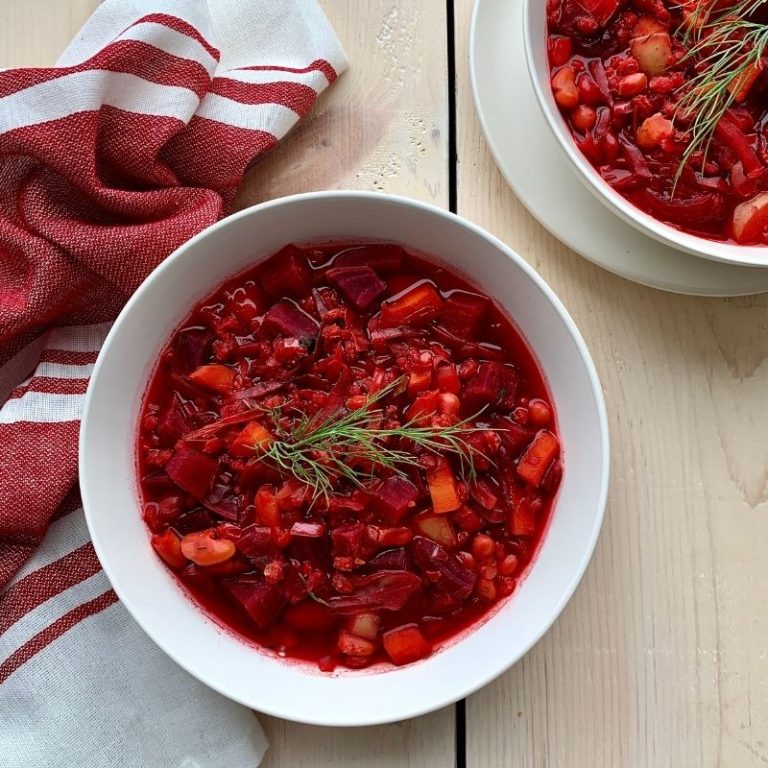Saskatchewan: The Land of the Living Skies.
After only a short four months of writing these special Canada 150 blogs where I celebrate various foods grown and/or raised in Canada, I have learned so much about this great nation of ours called Canada. (Perhaps this is because I didn’t pay particularly close attention in Canadian Geography and History class in high school)?!


Take for instance our feature province this month of Saskatchewan. Most Canadians associate Saskatchewan with only having dry, flat farmland but did you know that this diverse province has over 100,000 lakes and rivers? It also houses a large part of the Great Canadian Shield and the most northerly sand dunes in the world!
The ‘Pulse’ on Lentils
The rich farmland in Saskatchewan is part of the “bread basket” of Canada, producing many of the cereal crops including barley, wheat, oats and triticale (a hybrid of wheat and rye). This label may have to change soon to “pulse pot” of Canada, as exports of pulse crops, such as lentils, are matching canola and non-durum wheat exports. Saskatchewan produced approximately 96% of the Canadian lentil crop in 2014.
Lentils are part of a broader family of edible seeds of legumes called “pulses”. Various pulses that you may be familiar with include:
- Lentils
- Field peas
- Chickpeas
- Faba beans
Lentils: Plant-based Nutritional Powerhouses
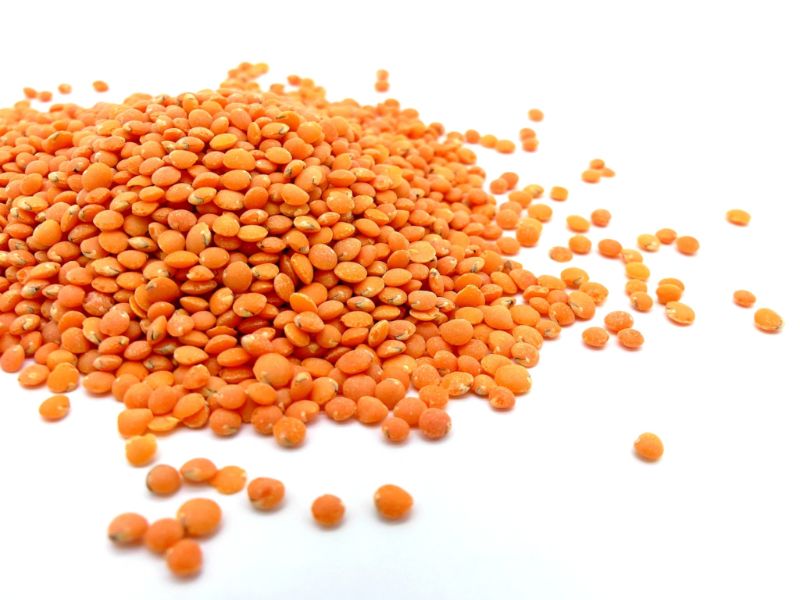
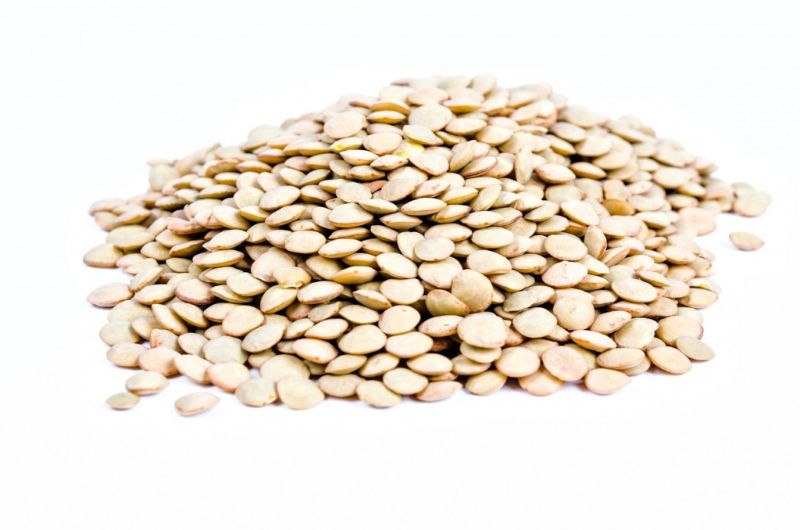
Lentils may be small but they are mighty! Some of their finest features include:
- Low in fat – No need to worry about high levels of saturated or trans fats here!
- Protein – They are a fantastic source of plant-based protein but do not contain all of the essential amino acids. Not to worry though! We easily get those by eating cereal grains to compliment.
- High in fibre – This fibre helps to lower cholesterol, promote regularity, satiety (or fullness) and lower blood sugar levels.
- Low in the Glycemic Index – Lentils are higher in carbohydrates but due to the presence of lots of protein and fibre, they are LOW on the glycemic index, meaning that after you eat lentils, they elicit a low, steady rise in blood sugar levels (not a fast high rise like white bread would produce).
- Help lower cholesterol – Eating ½ to ¾ cup of lentils daily for 3 weeks lowers LDL or “bad” cholesterol by 5%, which translates into reducing your risk of stroke and heart attack by 5-6%.
- High in micronutrients – All varieties of lentils are high in the micronutrients iron, folate, manganese and potassium, to name a few. Their higher iron content makes them an important plant-based protein for vegans and vegetarians to include in their diet, as well as those who are trying to decrease their intake of meat.
- Naturally gluten-free – Be sure to double check the package though as some lentils may be processed on equipment that is used to process wheat products (risk for cross-contamination).
Varieties of Lentils:
There are many varieties of lentils, including whole red, brown, green and black beluga lentils and red split lentils. The ones commonly in my pantry include:
- Whole green or French green lentils – these guys hold their shape very well and are best used in salads or wherever you want them to hold their more “meaty” texture.
- Split red lentils – cook faster than green lentils but can disintegrate a bit; best in soups, curries, stews & baking or wherever you want their texture disguised.
Storing Lentils:
It is best to store lentils in a glass jar with a tight-fitting lid once you have opened the bag. They certainly keep well for a year or more when stored as such. As per Pulse Canada, you can store cooked lentils in the freezer for 3 months or keep them ready for use in the refrigerator for up to one week.
Cooking Lentils:
Dry lentils should be rinsed before cooking. You may have heard that lentils need to be soaked before cooking, however, this is not essential.
The benefits of soaking however include the following:
- Helps to decrease the likelihood that you will have gas after eating them.
- Removes a compound called phytic acid which can help to increase the absorption of some of its own micronutrients, including iron.
If you do have time to soak your lentils for up to 12 hours before cooking, place them in water (3 cups water for every 1 cup of lentils), cover and refrigerate. Be sure to drain the soaking water off and add new fresh water when cooking on the stove.
Is it okay to buy canned lentils?
Yes. I absolutely hate the fear-mongering associated with buying beans and lentils (or anything else for that matter) in a can. You will not die if you use canned lentils or beans! Strain off the water and use anywhere in a recipe where it calls for cooked lentils. If you are looking to reduce your exposure to BPA, then look for canned lentils from a company such as Eden Organic, who does not use BPA in the lining of their cans.
Lentil Spaghetti Sauce? Oh My!
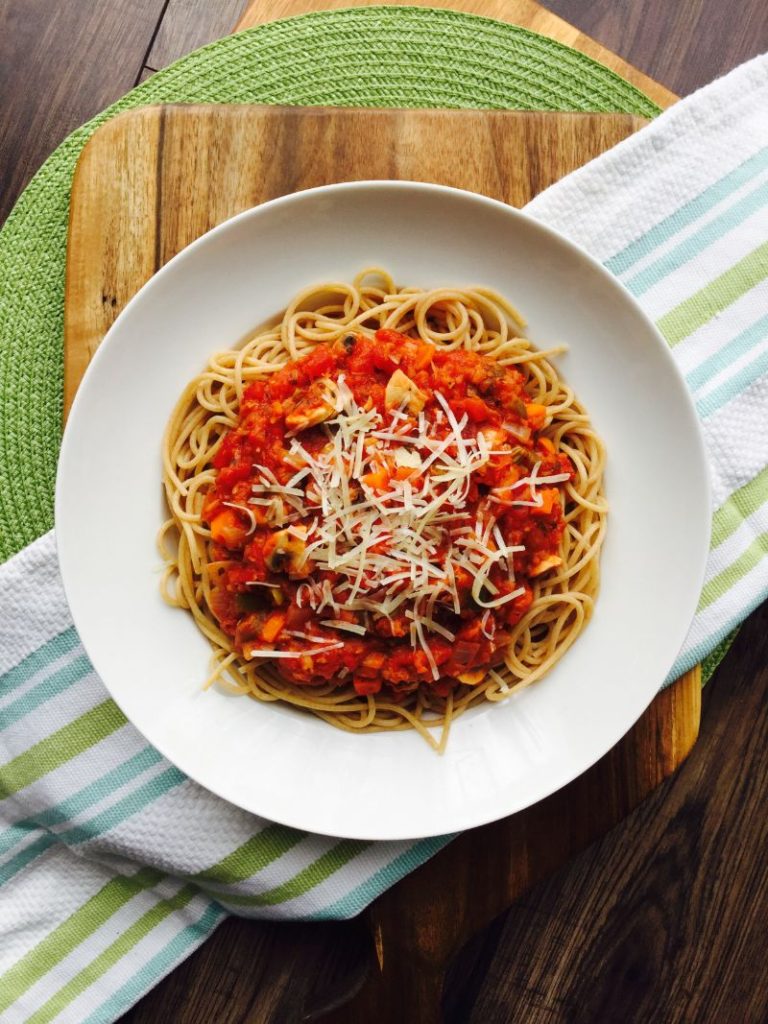
We love our spaghetti suppers around here.
Truth be told, the sauce is usually made with ground beef, chicken or turkey. Let’s face it, I am a farmer’s daughter and I do still enjoy my meat.
However, I am also committed to eating vegetarian meals at least twice weekly and I have been on the hunt over the past few years to find some “go-to” recipes that are healthy, flavourful and quick to prepare. And ones that the kids love too.
I think I scored a win with this recipe!
It’s a great weeknight supper that you can slide into your weekly or monthly meal schedule as soon as tomorrow!
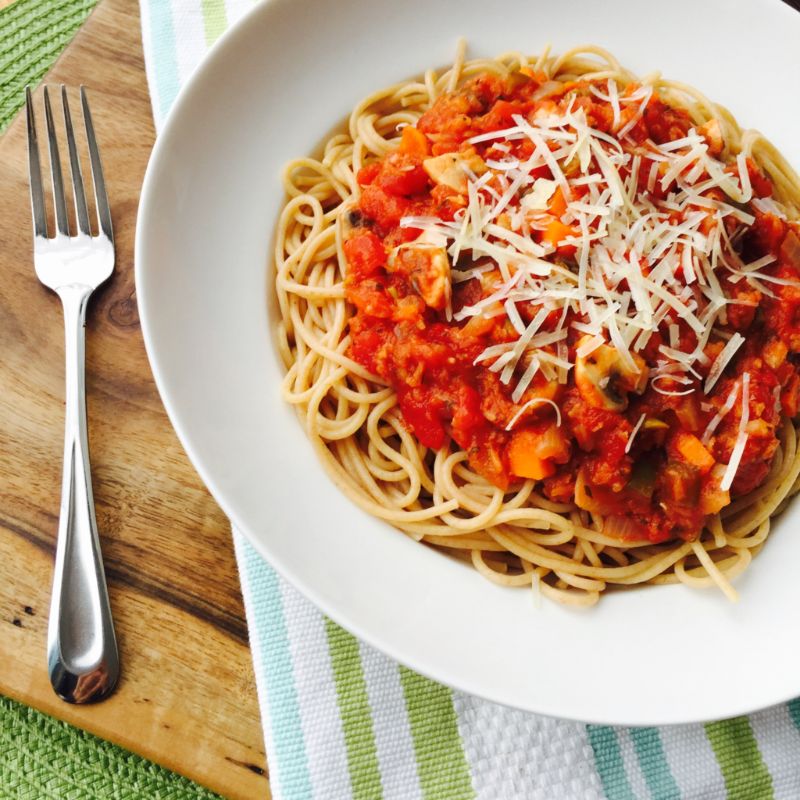
Lentil Bolognese Spaghetti
Serves family of 4-6 people; sauce freezes well.
Ingredients:
- 1/2 cup dry red lentils
- 1.5 cups water
- 2 Tbsp olive oil
- 1 small onion, chopped
- 3 cloves garlic, minced
- 1 large carrot, peeled and finely chopped
- 1 green pepper, finely chopped
- 1 cup mushrooms, chopped
- 1 x 640-750 mL jar of your favourite pasta sauce
- 1 x 540 mL can of diced tomatoes
- Pinch salt
- Freshly ground black pepper
- 1-2 tsp cane sugar or honey (if needed)
Serve with:
- Whole grain pasta of your choice or alternative veggie noodles (i.e. zucchini )
- Parmesan cheese (optional)
- Freshly ground black pepper
Method:
- Rinse the lentils with fresh water to remove any debris.
- Combine lentils and water in a small saucepan and bring to a boil. Cover tightly, reduce heat and simmer until they become tender but not too mushy! This will take around 15-20 minutes.
- Drain any excess water (there may not be any to drain), and season with a pinch of salt. Set aside.
- While lentils are simmering, start to assemble the sauce.
- Heat olive oil on medium heat in a large saucepan. Add the onion and garlic; cook until translucent. Then add the carrots and peppers and continue cooking until softened.
- Add the pasta sauce, diced tomatoes and mushrooms.
- Bring to a boil, reduce heat and simmer uncovered for 10-15 minutes, stirring intermittently.
- Taste sauce and adjust seasonings as required. (You may need to add sugar or honey if the sauce has too strong of an acidic taste to it).
- Add the cooked lentils to the sauce and combine.
- Serve sauce over cooked whole grain pasta (regular whole wheat or gluten-free) or you can also try serving it over zucchini noodles.
- Top with grated parmesan and/or freshly ground black pepper, if desired.
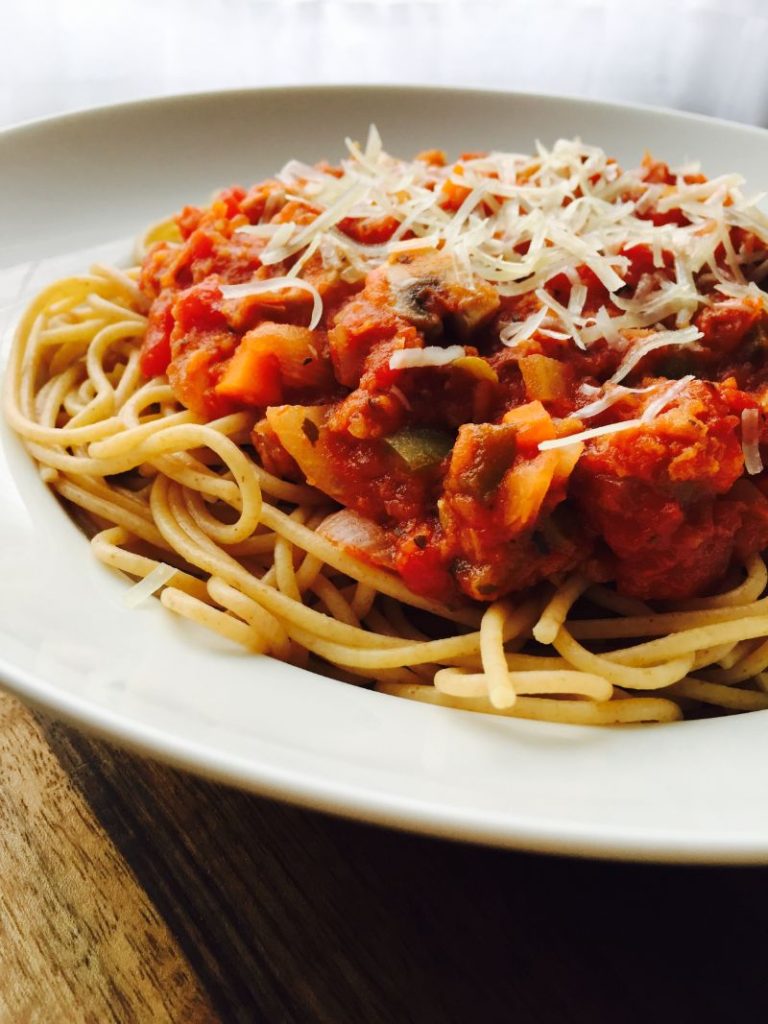
Take it one bite at a time,
Rosanne
References:
- The Government of Saskatchewan. Accessed April 29, 2017 at www.saskatchewan.ca
- Tourism Saskatchewan. Accessed April 29, 2017 at www.tourismsaskatchewan.ca
- Saskatchewan Pulse Growers. Accessed April 29, 2017 at www.saskpulse.com
- Pulse Canada. Accessed April 29, 2017 at www.pulsecanada.com
- Lentils. Accessed April 29, 2017 at www.lentils.org
- Vanessa Ha et al. The Effect of Dietary Pulses on Established Therapeutic Lipid Targets of Cardiovascular Disease: A Systematic Review and Meta-Analysis of Randomized Controlled Trials.” Canadian Medical Association Journal, 2017:
